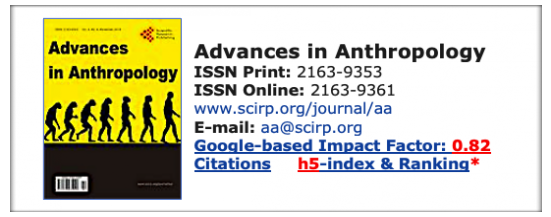Advances in Anthropology - fhe
Main menu
- H O M E P A G E
- THE ORIGIN OF THE KURDS 2011
-
CONCLUSIONS
- Prof. Windfuhr
- Prof. Klyosov
- Indigenous Kurds
- REACTIONS
- THE ORIGIN OF KURDS 2012
- DIE HERKUNFT DER KURDEN 2010
- DIE KURDEN 2004
- e-BOOK 2009
- CURRENT EVENTS 2011-2012
-
ARCHIVE
- Gas-Victims 1988
-
PICTURES
-
ANATOLIA
- VAN ANCIENT
- VAN-HAKKARI
-
KURDISTAN IRAQ
- BARZANI IRAN
- TALABANI
- FOLK COSTUMES
- Arbil
- GHN-45
- GAS-VICTIMS
- KORDESTAN IRAN
- ZAGROS
- PROFILES
- JERUSALEM
-
ANATOLIA
- THE FUTURE OF THE KURDS 2021
- KURD NATIONAL IDENTITY 2019
- PRIVATE PHOTOS
- CV English
- Lebenslauf
- COPYRIGHT & IMPRESSUM
Advances in Anthropology
The Origin of Kurds
Advances in Anthropology
2012
Hennerbichler, F. (2012). The Origin of Kurds. Advances in Anthropology , (Number) 02(2), May 2012, pp. 64-
Advances in Anthopology Journal: http://www.scirp.org/journal/aa/
Free PDF download: http://www.scirp.org/journal/PaperDownload.aspx?paperID=19564&returnUrl=http%3a%2f%2fwww.scirp.org %2fJournal%2fHome.aspx%3fJournalID%3d737;
DOI: 10.4236/aa.2012.22008
http://www.doaj.org/doaj?func=fulltext&passMe=http://www.scirp.org/journal/PaperDownload.aspx?DOI=10.4236/aa.2012.22008
Abstract:
Kurds are traditionally regarded as Iranians and of Iranian origin, and therefore as Indo-
New findings:
Available palaeogenetic and linguistic data (in particular ergativity in "isolated" languages like Basque and Sumerian), interpreted in cooperation with Prof. Anatole A. Klyosov, Boston, USA, indicate that R1 ancestors derived from Asia and could have initiated in different clans of descendants (R1a, R1b) both forms of ancient Indo-
Reactions:
Prof. Dr. Anton Perdih, Ljubljana University (
"... the name Gorani (Slavic meaning: People living in the mountains) as well as Zagros (possibly corrupted Za gorami -
Prof. Perdih also recommended further clarification on disputed I-
Source: Mail conversation June 25 -
Notes:
Anatole Klyosov confirmed in AA, 2012, 2(2), 76 his explanation attempt for Zaludi out of Russian as "from far away people": Zaludi: meaning in Russian: „Beyond people“, = geographically: It is „far away, beyond where people live“. „Za“ = beyond, „ludi“ people. This would support an IE origin of the term on ancient Mitanni soil in Eurasia.
As for I-
Further research pending.
Last updated 22 July 2012

